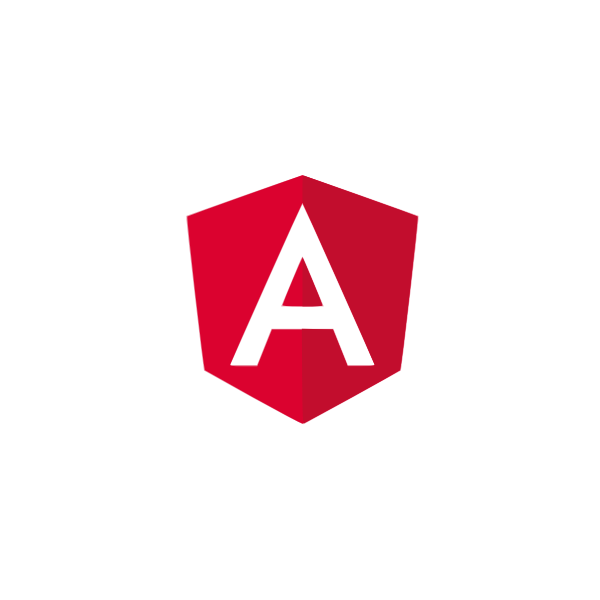NGX MASK
NGX MASK is the best directive to solve masking input with needed pattern
You can also try our NGX LOADER INDICATOR check. You can also try our NGX COPYPASTE check.
You can try live documentation with examples
Installing
Angular version 17.x.x
$ npm install --save ngx-mask
Angular version 16.x.x
$ npm install --save [email protected]
Angular version 15.x.x
$ npm install --save [email protected]
Angular version 14.x.x
$ npm install --save [email protected]
Angular version 13.x.x or 12.x.x
$ npm install --save [email protected]
Quickstart if ngx-mask version >= 15.0.0
Import ngx-mask directive, pipe and provide NgxMask providers with provideNgxMask function.
With default config options application level
bootstrapApplication(AppComponent, {
providers: [
(...)
provideEnvironmentNgxMask(),
(...)
],
}).catch((err) => console.error(err));
Passing your own mask config options
import { NgxMaskConfig } from 'ngx-mask'
const maskConfig: Partial<NgxMaskConfig> = {
validation: false,
};
bootstrapApplication(AppComponent, {
providers: [
(...)
provideEnvironmentNgxMask(maskConfig),
(...)
],
}).catch((err) => console.error(err));
Using a function to configure:
const maskConfigFunction: () => Partial<NgxMaskConfig> = () => {
return {
validation: false,
};
};
bootstrapApplication(AppComponent, {
providers: [
(...)
provideEnvironmentNgxMask(maskConfigFunction),
(...)
],
}).catch((err) => console.error(err));
With config options feature level
@Component({
selector: 'my-feature',
templateUrl: './my-feature.component.html',
styleUrls: ['./my-feature.component.css'],
standalone: true,
imports: [NgxMaskDirective, (...)],
providers: [
(...)
provideNgxMask(),
(...)
],
})
export class MyFeatureComponent {}
Then, import directive, pipe to needed standalone component and just define masks in inputs.
With Angular modules
@NgModule({
imports: [
NgxMaskDirective, NgxMaskPipe
],
providers: [provideNgxMask()]
})
Quickstart if ngx-mask version < 15.0.0
For version ngx-mask < 15.0.0 Import ngx-mask module in Angular app.
With default mask config options
import { NgxMaskModule, NgxMaskConfig } from 'ngx-mask'
export const options: Partial<null | NgxMaskConfig> | (() => Partial<NgxMaskConfig>) = null;
@NgModule({
imports: [
NgxMaskModule.forRoot(),
],
})
Passing in your own mask config options
import { NgxMaskModule, NgxMaskConfig } from 'ngx-mask'
const maskConfig: Partial<NgxMaskConfig> = {
validation: false,
};
@NgModule({
imports: [
NgxMaskModule.forRoot(maskConfig),
],
})
Or using a function to get the config:
const maskConfigFunction: () => Partial<NgxMaskConfig> = () => {
return {
validation: false,
};
};
@NgModule({
imports: [
NgxMaskModule.forRoot(maskConfigFunction),
],
})
Then, just define masks in inputs.
Actively supported versions
ngx-mask follows the official Angular support policy, supporting the Active and LTS (Long-Term Support) versions of Angular. As of the latest release, Angular v17 and newer are supported.
Projects using Angular versions outside the supported range (e.g., older than v17) should use the last compatible version of ngx-mask. However, these versions will no longer receive updates, bug fixes, or new features.
For detailed information about Angular's versioning and support schedule, visit the official Angular releases page.
Usage
Text documentation
Contributing
We would love some contributions! Check out this document to get started.


Programming Tips & Tricks
Code smarter, not harder—insider tips and tricks for developers.
#1
#2
#3
#4
#5
#6
#7
#8
#9
#10
Error Solutions
Turn frustration into progress—fix errors faster than ever.
#1
#2
#3
#4
#5
#6
#7
#8
#9
#10
Shortcuts
The art of speed—shortcuts to supercharge your workflow.
#1
#2
#3
#4
#5
#6
#7
#8
#9
#10
Made with ❤️
to provide resources in various ares.




















